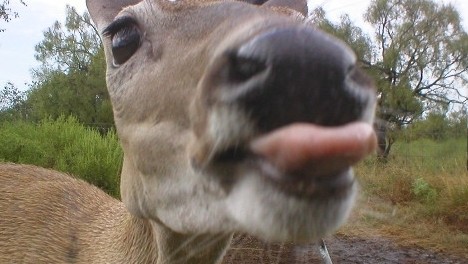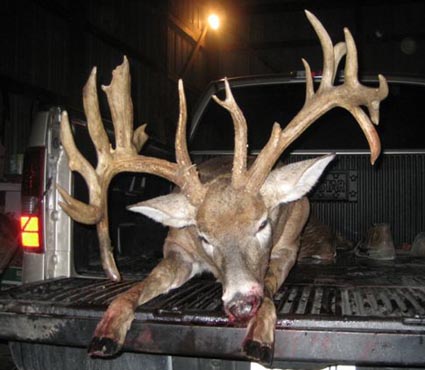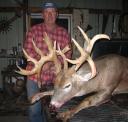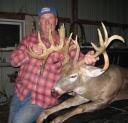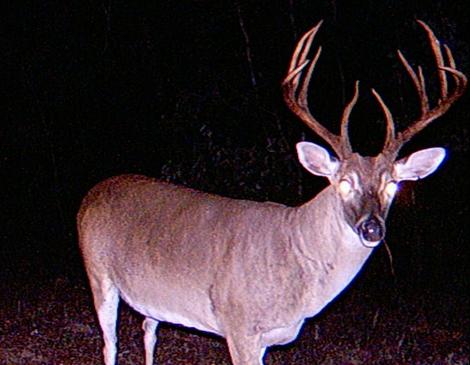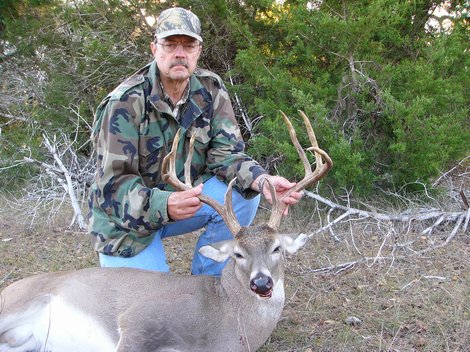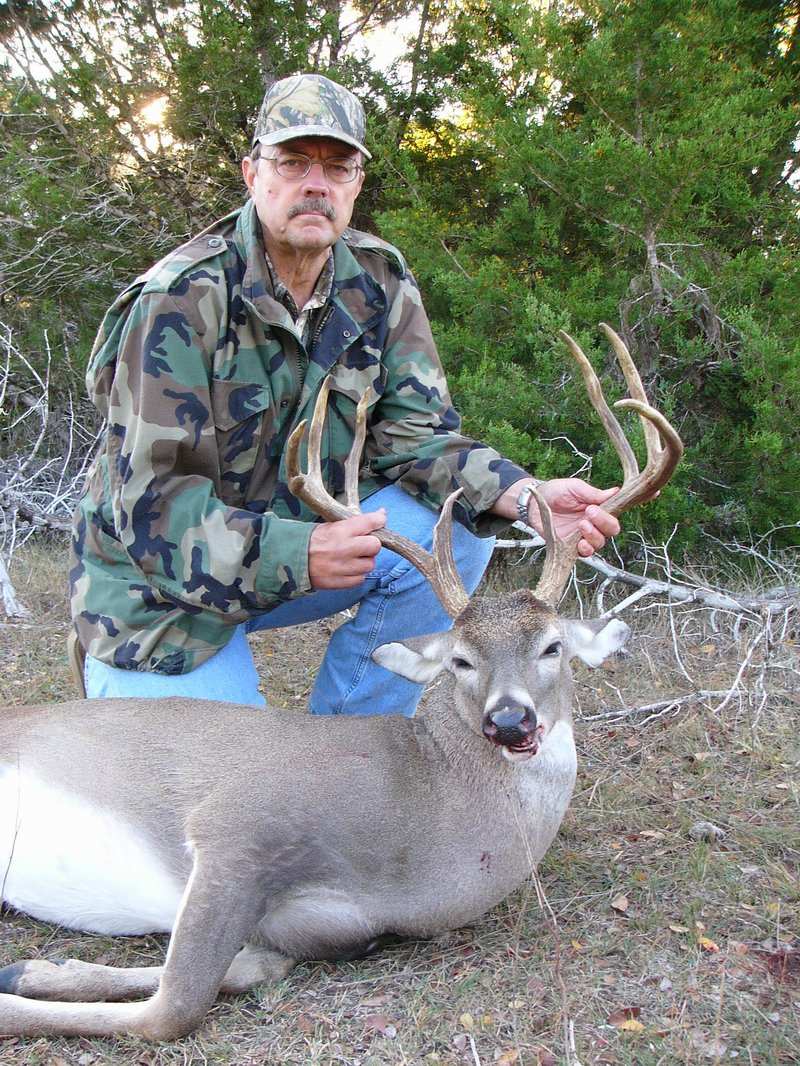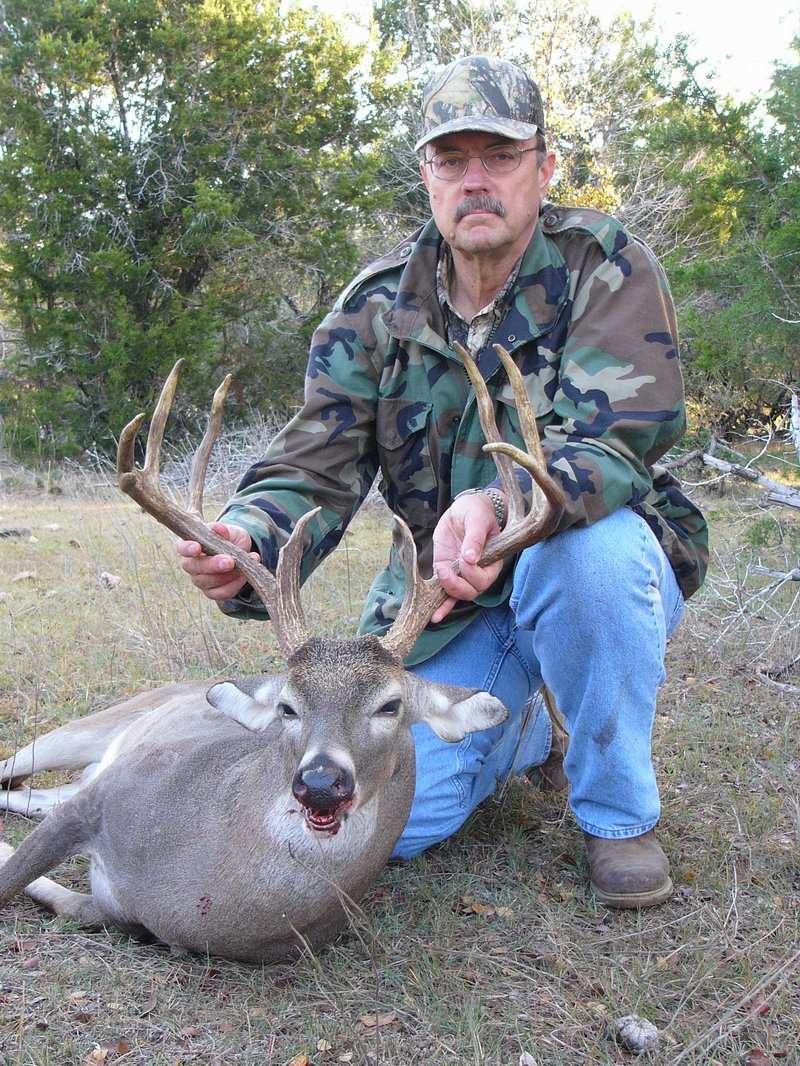Landowners, deer hunters, and deer managers and biologists have long recognized the need for a comprehensive study on food habits and the seasonal preference of plants eaten by white-tailed deer in Texas. Knowledge about the food habits of deer is fundamental to deer habitat management and wildlife managers for a better understanding of the food requirements important to whitetail and other wildlife species.
Food habit studies conducted in other parts of the U.S. do not represent the seasonal availability or preference for plants used by white-tailed deer in the north central portion of Texas.
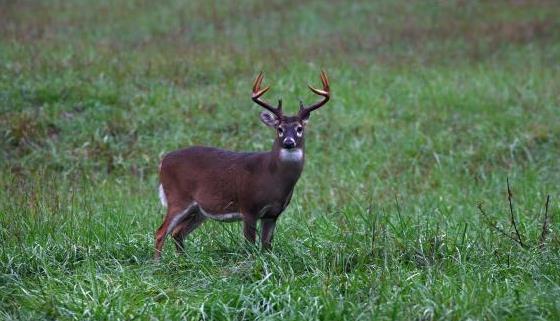
In the mid-1990s, a research study was initiated by the Texas Parks and Wildlife Department to address these deer-related questions. Prior to this work, no definitive research had been conducted in north-central Texas. The purposes of the study were to identify what plants are seasonally important in the diets of white-tailed deer and which plants they prefer with regard to seasonal availability.
In addition, foods represented in deer diets could be grouped into general forage classes (grasses, forbs, browse, mast) by season to provide land managers information for conservation and management of key habitat components for white-tailed deer.
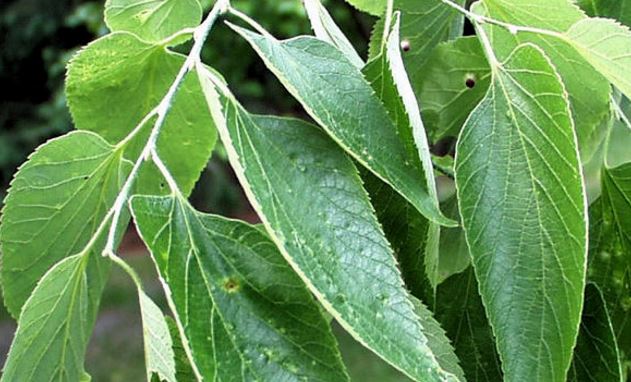
To accomplish this task, whitetail were collected from private ranches in six counties located throughout the area. This counties included Bosque, Brown, Erath, Jack, Parker, and Wise. Collection sites were grouped specifically to represent the two major soil and geologic regions containing sandstone and limestone based soil groups and associated plant communities and habitat. As you would expect, a wide variety of habitat types and land management operations occurred on these properties.
The properties included high and low fences, different livestock densities and grazing systems, poor to excellent range conditions, the presence of absence of agricultural crops, supplemental feeding programs, and varying densities of white-tailed deer. The study differed from many previous works describing deer foods in that data was collected over a broad geographic area and wide variation of land uses.
Deer diets and available food sources were studied year-round for two consecutive years. Deer diets were described by examining stomach contents from deer collected across each of the ranches where samples were collected. Available food sources of food were described by conducting vegetation surveys. A plant list was developed of all plant species identified on each of the sites. A minimum of 5 white-tailed deer, primarily does, were collected during feeding hours following sundown on each site for two years during the months of May, August, November, and February. Over 230 deer were collected!
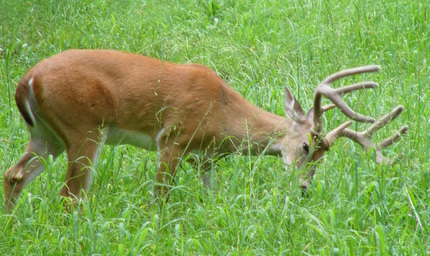
A sample of rumen contents for each deer was collected and washed to address deer food habits. Plant fragments were studied and identified to genus or species where possible by general leaf shape and other external characteristics. Identification of fragments was based on a plant reference slide collection prepared at the beginning of the study for each site.
Identification of browse — tender growth and leaves of woody plants — and forbs was based on epidermal and morphological characteristics of leaves and stems. Forbs, by the way, are broad-leafed weeds. Monocots, commonly referred to as grasses, were identified by the size, shape, absence or presence of hairs and specialized epidermal cells. Keep reading to find out more about the food preferences of white-tailed deer.
